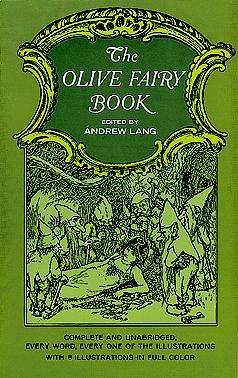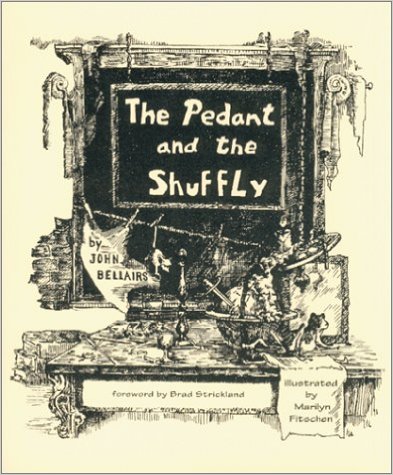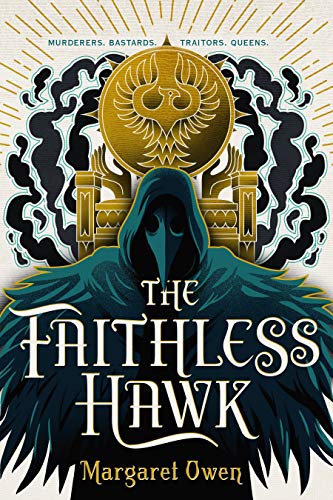From the preface with its thumbnail history of the fairy tale to the final happily ever after, this book is as rich a treasury of folklore as any of the other Fairy Books of Many Colors. Edited by Lang, adapted from many languages and cultures by his friends and family, and beautifully illustrated by Mr. H. J. Ford, it is filled with romance, adventure, magic, and humor, with a bit of clever nonsense and a lot of no-nonsense entertainment.
The 29 tales in this volume include talesfrom Turkey, India, Denmark, Armenia, and the Sudan. There is even a condensed version of a story by Anatole France. Some of them have strong similarities to tales found elsewhere in Langs collections, but all of them have the common ingredients of all great fairy stories: vibrant, exotic imagery to fire the imagination of little readers and hearers. Though the heroes and heroines are not always so colorful, they are instantly recognizable as the naughty child who should be corrected, or the good child whose unjust sufferings will be repaid. Basically, you are the hero or heroine in every one of these tales, and you need only supply a willing suspension of disbelief to enjoy them and to be caught up in their myriad variations of fantasy and fun.
Here are the tales in store for you in the Olive Fairy Book…
Madschun, which is not a misspelling of the German word for girl, but a magic word in a Turkish tale that enables a youth to freeze everyone within earshot.
The Blue Parrot, the tale of a young king who falls in love with the Swan fairys daughter, and all the difficulties their love must overcome.
Geirlaug the Kings Daughter is a variant of the classic forgetful prince type of tale, in which a faithful maiden saves her thoughtless lover from marrying a tiresome princess.
The Story of Little King Loc, from Anatole Frances story of Abeille, a wistful tale about the lengths to which a dwarf king serves the woman he loves, even though she will not love him in return.
A Long-Bow Story from India turns out to be a contest of cleverness, in which a greedy bunniah (banker) and a farmer settle on a wager over who can tell the tallest tale.
Jackal or Tiger? is the question a king and queen quarrel over, but that is only the beginning of the adventures involving a banished prince, a maiden under a curse, and a fairy godmother.
The Comb and the Collar is a somewhat complex fairy tale in which, as I recall, two princes and two princesses are tested by a spiteful fairy.
The Thanksgiving of the Wazir is a brief morality tale about a rulers lesson in humility.
The Sudanese story of Samba the Coward concludes with the hero (?) saying of his wife, It is she who has turned the coward that I was into a brave man.
Kupti and Imani are princesses, one of whom is murderously jealous of the others good fortune to be beautiful and in love with a handsome king.
The Strange Adventures of Little Maia concern the perilous and magical fate of a girl who is only an inch tall.
Diamond Cut Diamond is another tale of cleverness, in which a merry young man turns the tables on a greedy scoundrel.
The Green Knight has much in common with Kupti and Imani, for both require a princess to find a lifesaving cure for her beloved, who believes she is the one who has poisoned him.
The Five Wise Words of the Guru are moral principles that see Ram Singh through his perilous and profitable career. This story also contains an unforgettable subplot (and illustration) about a grief-maddened giant who carries the bones of his late wife everywhere he goes.
In The Golden-Headed Fish, an ancient Egyptian prince who, with the aid of an Arab servant, survives and prospers through many perilous adventures.
Dorani is a merchants beautiful daughter, who finds herself torn between the pleasures of fairy society and the love of a handsome prince.
The Satin Surgeon is yet another princess, who goes in disguise to the sickbed of her beloved and cures him of a deadly poison.
The Billy Goat and the King resembles the tale called The Language of Beasts in The Crimson Fairy Book, only without quite as much graphic wife-beating.
The Story of Zoulvisia is the tale of a terrible maiden, who deceives, robs, and murders everyone who hunts in her forest; of the prince who conquers her and wins her heart; and of how they both learnt how to keep happiness when they had got it.
Grasp All, Lose All is the gruesome story of how five men tried to cash in on one moment of good fortune…and met their doom.
The Fate of the Turtle is another sad, cautionary tale about boasting, featuring two young ducks and an ancient turtle.
The Snake Prince tells of the bizarre origin of a prince, and of the feat of courage which his wife must accomplish in order to repair a terrible mistake.
The Prince and Princess in the Forest, which is similar to a tale known elsewhere as The Strong Prince, involves a robber chieftain, a cowardly queen, a troll, and seven worthless youths, besides the titular couple.
The Clever Weaver saves a kingdom by deciphering the weird sign language of an powerful emperors ambassador.
The Boy Who Found Fear at Last is a Turkish version of a tale that found its way through the brothers Grimm to the Blue Fairy Bookonly this version has a great deal more irony, I think.
He Wins Who Waits is a tale similar to The Five Wise Words of the Guru, only this one comes from Armenia instead of India.
The Steel Cane is usedalas, without successto teach a lesson to a young man who spends all day getting drunk and all night beating his wife and child. The Punishment of the Fairy Gangana is the sometimes sweetly whimsical, sometimes impenetrably bizarre story of the battle between two fairies over the fate of three generations of a royal family.
The Silent Princess, whose wooers must die if they fail to make her speak, is undone by a prince who is wise enough to listen to the advice of a nightingale, who (by the way) tells three stories within the story.
From this last tale I draw this one brief quote, just to illustrate how delightful this book can be…
I see clearly that you are interested in none of these things, said he at last, and as I have been forced to hold my peace for so many months, I feel that now I really must talk to somebody, so I shall go and address my conversation to the candlestick. And with that he crossed the room behind the princess, and cried: O fairest of candlesticks, how are you?
Very well indeed, my lord, answered the nightingale; but I wonder how many years have gone by since any one has spoken with me? And, now that you have come, rest, I pray you, awhile, and listen to my story.
Willingly, replied the youth, curling himself up on the floor, for there was no cushion for him to sit on.
Once upon a time, began the nightingale….




